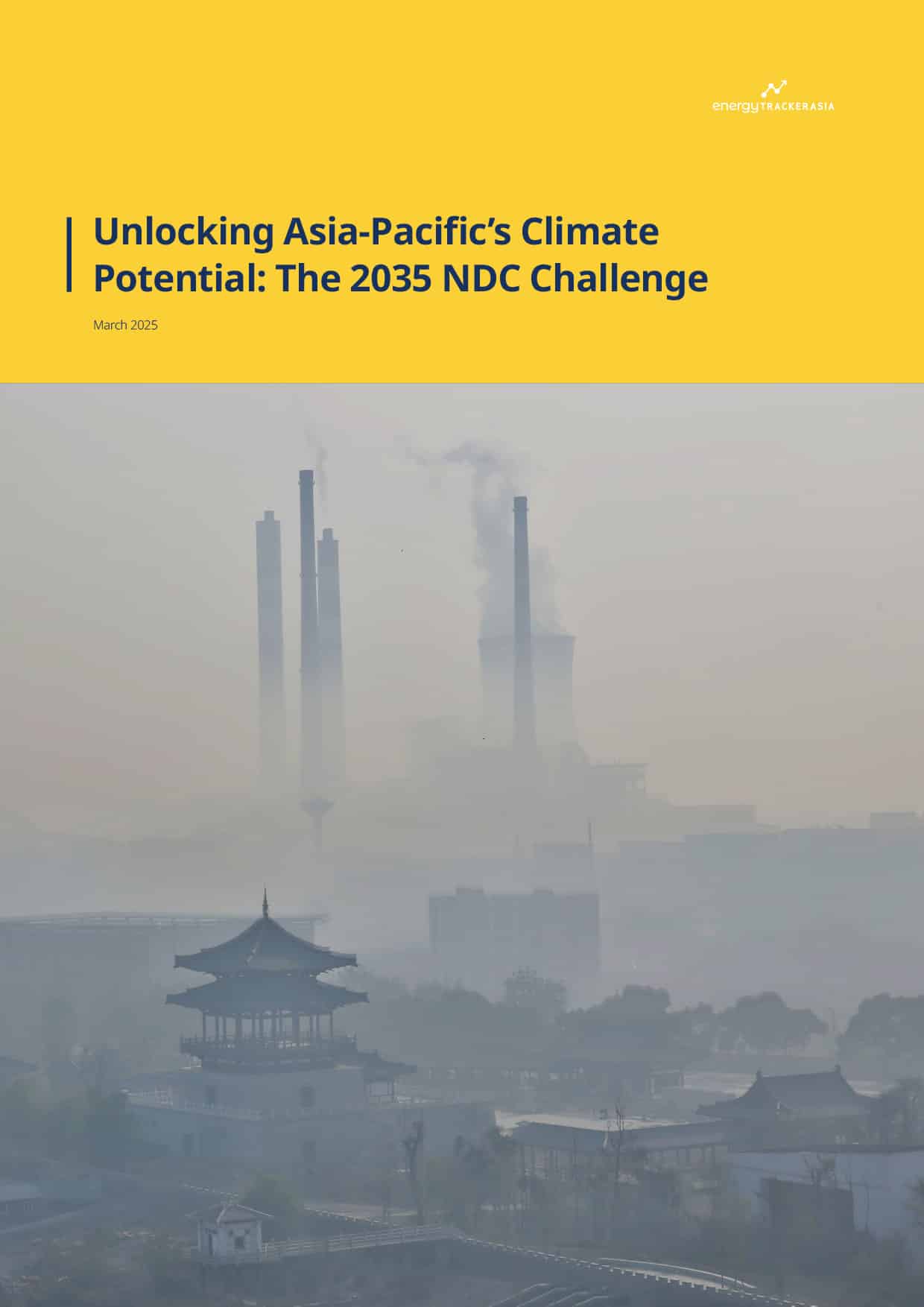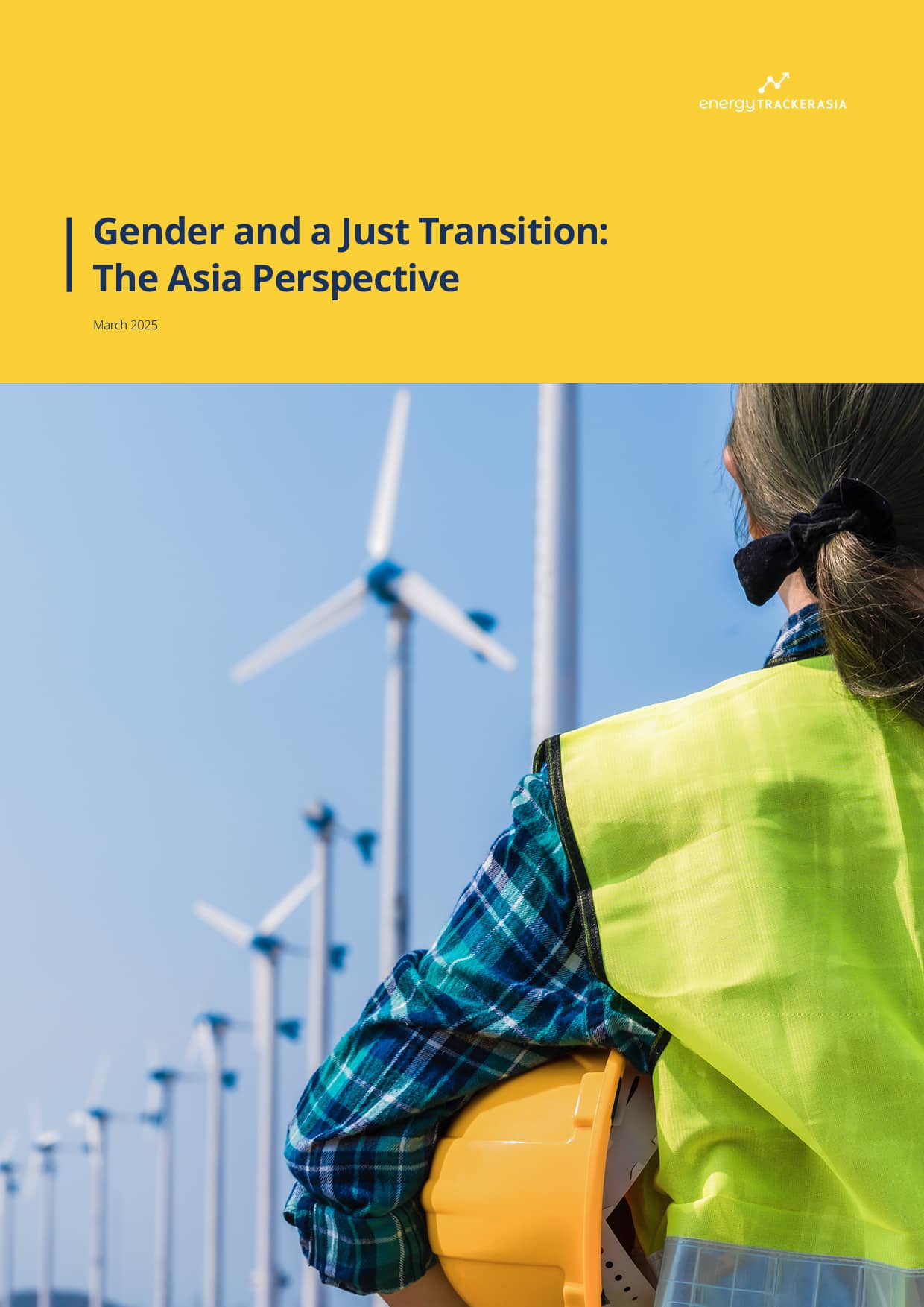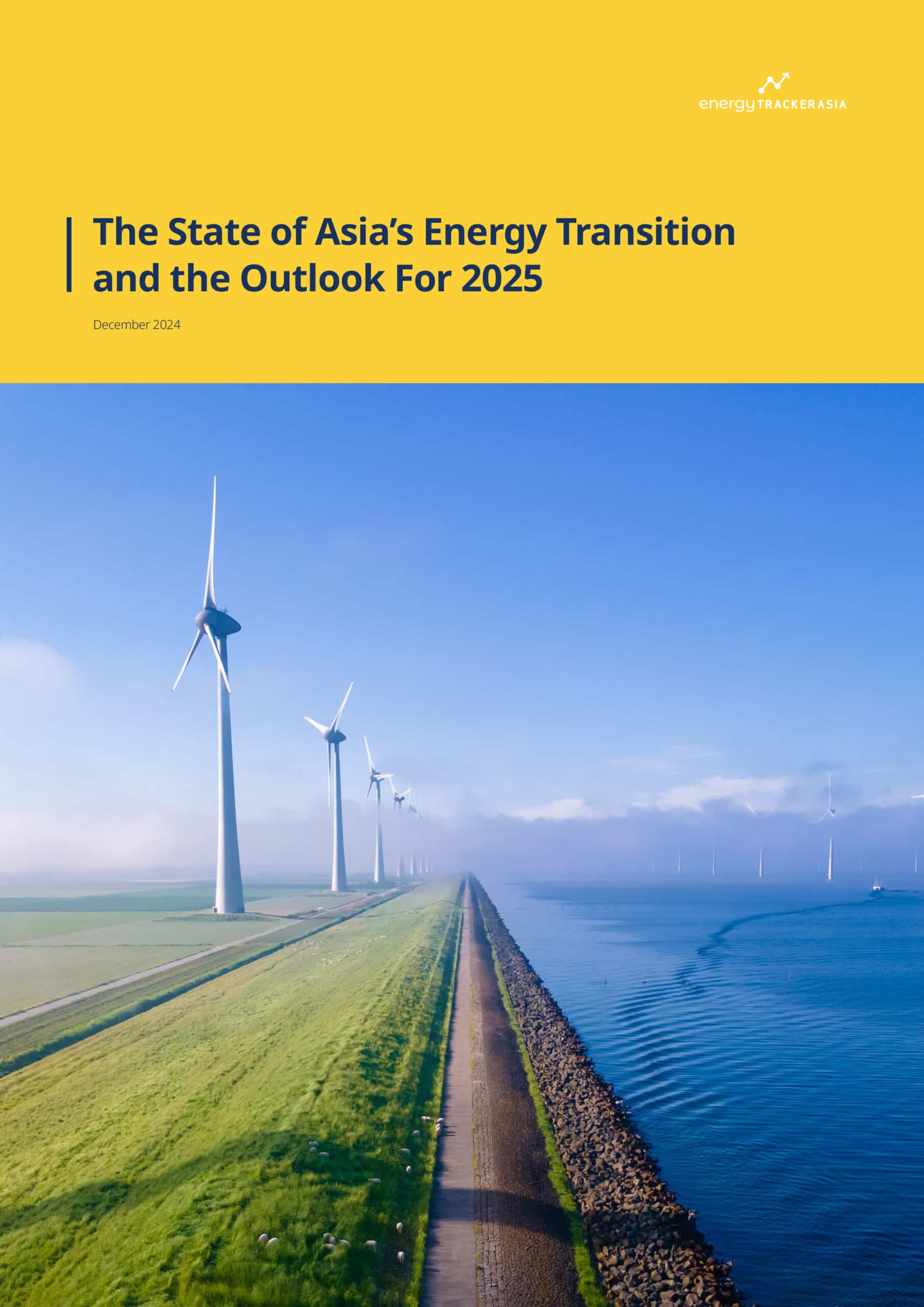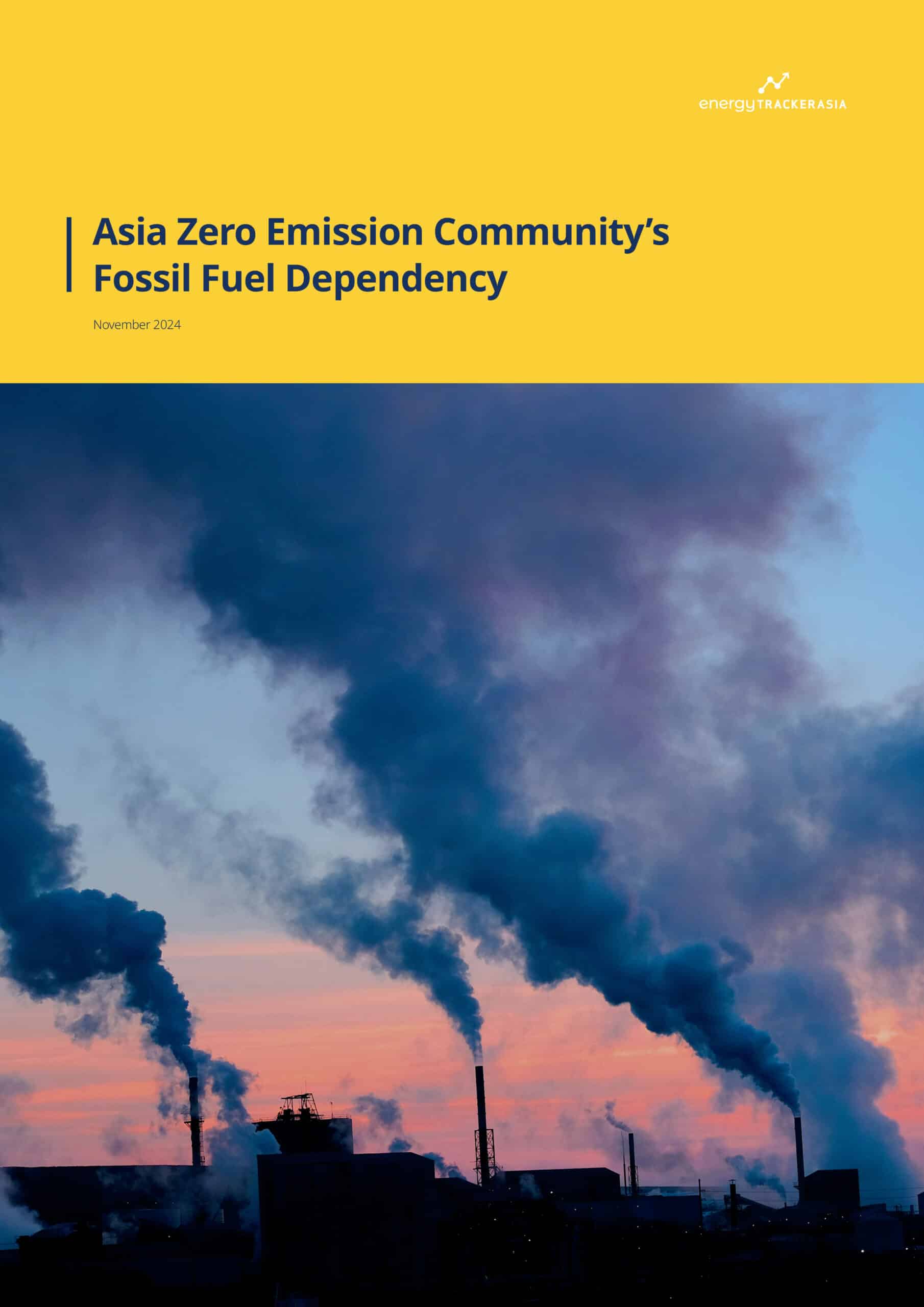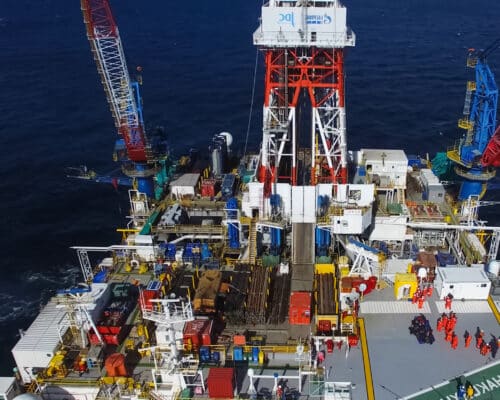ASEAN 2025: Malaysia’s Push For Sustainability
Source: ASEAN
03 April 2025 – by Eric Koons
Malaysia will hold the chairmanship of ASEAN 2025. This gives Malaysia a central role in guiding the international policies of the bloc of Southeast Asian nations that define the region’s trade, policy and clean energy initiatives. One of the critical moments for ASEAN in 2025 will be the 46th ASEAN Summit in May, which will host the final discussions for the updated ASEAN Community Vision and the ASEAN Digital Framework Agreement. Both policies have the potential to drive significant change throughout Southeast Asia.
ASEAN Malaysia 2025: Chairmanship
A defining trait of ASEAN is its rotating chairmanship, where each member state has a year to lead the bloc’s policy direction. This rotating leadership serves as a platform to set priorities, including those related to the energy transition.
This year, Malaysia has outlined three main priorities for its chairmanship:
- improving inter-ASEAN policies to expand foreign economic partnerships,
- pushing for greater commitment to inter-ASEAN partnerships and leveraging advancements in the digital transformation
- and ensuring that inclusivity and sustainability remain core priorities of ASEAN with a focus on reducing inequality, improving living standards and mitigating climate change impacts.
The 46th ASEAN Summit 2025 in Kuala Lumpur
These priorities will be central at the 46th ASEAN Summit, which is in May 2025 in Kuala Lumpur, Malaysia. The summit is a two-day event, with the first day featuring only the 10 ASEAN member states and the second day including leaders from the Gulf Cooperation Council (GCC). This will be the third consecutive year that either ASEAN has joined the GCC summit or vice versa, signalling that the regions see value in creating closer ties.
ASEAN 2025 Theme
With this year’s summit theme being “Inclusivity and Sustainability”, it may raise eyebrows that the GCC is attending. Members of the GCC, such as Saudi Arabia, the UAE and Qatar, are seen by international groups as some of the least inclusive countries and have been accused of ongoing human rights abuses.
However, on the sustainability front, the two groups may share similar goals. This year, we will see if the ASEAN meets its 2025 goal of sourcing 23% of its total energy from renewable energy.
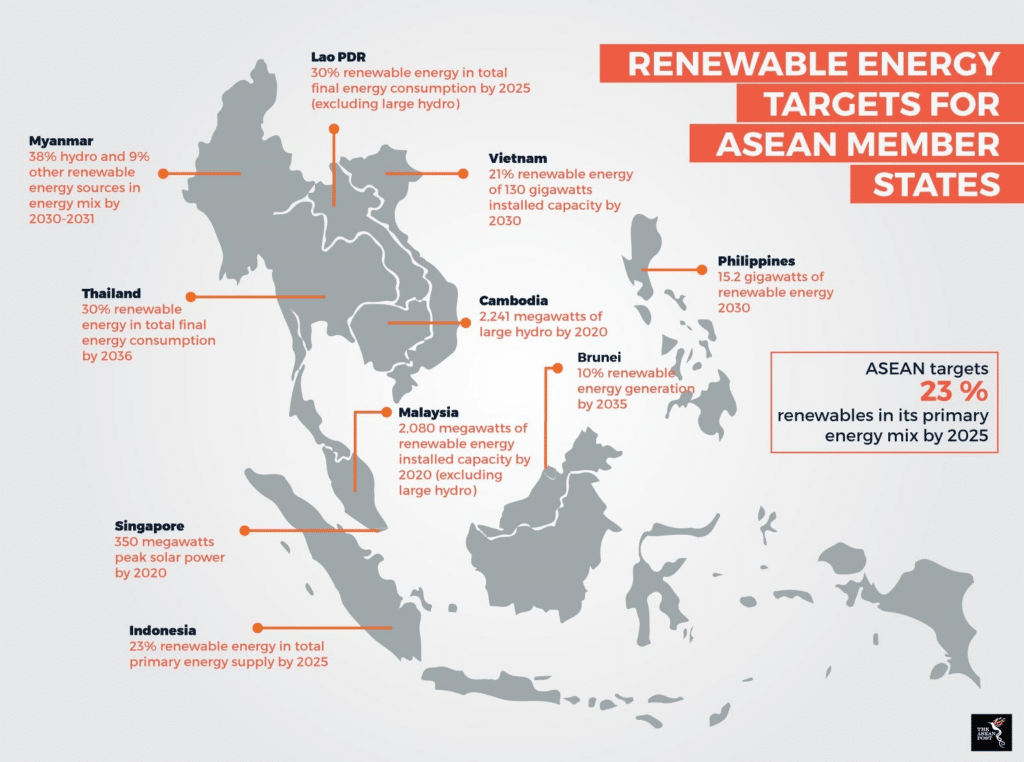
While the GCC consists of some of the world’s top fossil fuel producers, the region has signalled that it is pursuing rapid renewable energy deployment and has pledged USD 100 billion in renewable energy investment by 2030. Additionally, the UAE played a pivotal role at COP28 in pushing nearly 200 nations to agree to triple global renewable energy capacity and double energy efficiency by 2030 — a crucial step in the global pursuit of the Paris Climate Agreement.
As many ASEAN nations seek foreign investment to achieve their renewable energy targets, there is a significant opportunity for the two groups to collaborate on the future of renewable energy in both regions.
Key ASEAN Milestones in 2025
Several key milestones and programs will come to fruition in 2025. Successfully implementing these programs will be a cornerstone of Malaysia’s role. Additionally, they will be critical in driving the region’s rapidly growing GDP and energy demands.
ASEAN Community Vision 2045
The existing ASEAN Community Vision is set to expire in 2025, and the new, updated framework that will run until 2045 will be finalised and adopted at this year’s ASEAN Summit. The vision outlines the region’s goals for the coming decades and includes four action plans that cover national security, economics, culture and connectivity.
The coming decades will be a pivotal period for ASEAN as it confronts numerous challenges and opportunities. One of these primary challenges is climate change, which is predicted to result in GDP losses of up to 37% for the region by 2048 in the worst-case scenario. Following the 2025 vision’s renewable energy target, the 2045 vision will need to set out new sustainability and renewable energy goals for the region. Additionally, it will need to create a path forward to finance renewable energy projects while also implementing both climate adaptation and mitigation strategies.
ASEAN Digital Economy Framework Agreement
Digitalisation is another fundamental pillar shaping Southeast Asia’s future. The region has 480 million active internet users, and its digital economy will reach USD 1 trillion by 2030, based on its current trajectory. As a result, the Digital Economy Framework Agreement (DEFA) is a regional treaty that outlines cooperation and obligations between nations with the aim of accelerating the growth of its digital economy by implementing programs in nine core areas.
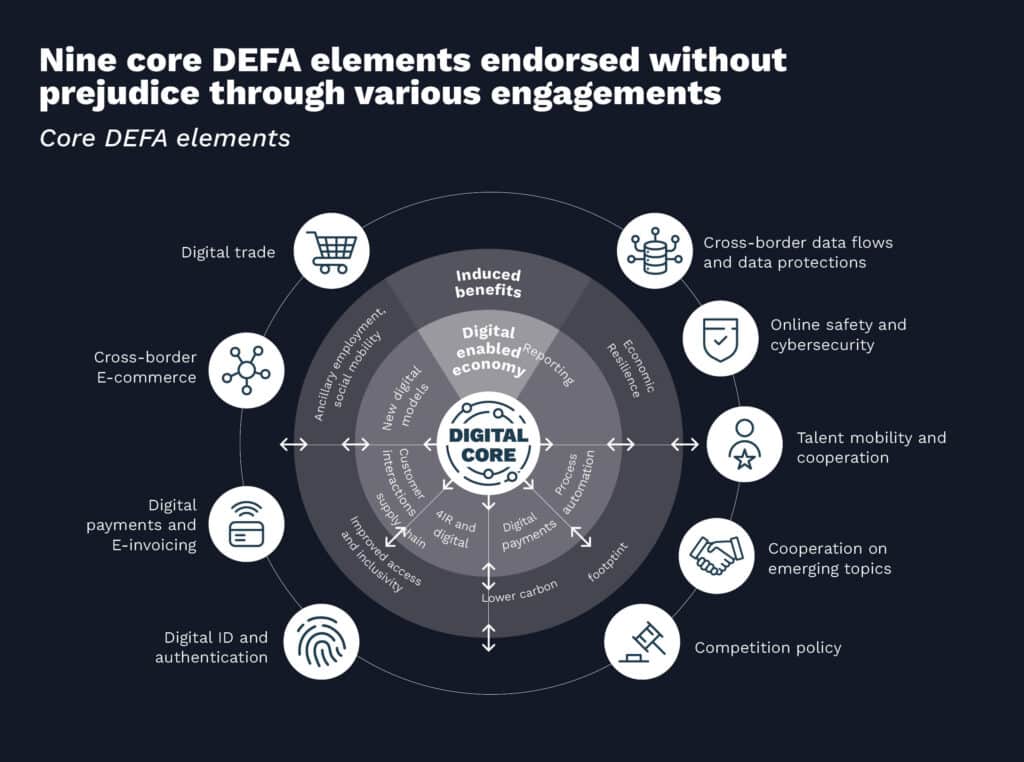
Estimates predict that finalising the DEFA will create USD 2 trillion in economic value and create billions in social cost savings.
Beyond 2025: Renewables for ASEAN’s Future
Overall, 2025 will be a critical year for ASEAN’s social, economic and financial trajectory for the coming decades. With Malaysia shaping the bloc’s priorities this year and its sustainability-focused theme, climate change appears to be a central focus. This is promising, as the region will face serious costs if it fails to adapt and mitigate climate impacts.
Furthermore, Southeast Asia has vast solar and wind energy resources. As energy demand in Southeast Asia continues to climb, there is ample opportunity to capitalise on these resources. However, this requires a concerted effort in policy alignment, infrastructure development and data-driven collaboration. ASEAN is well-positioned to drive this change and has the potential to not only define the region’s energy paradigm but also shape the broader socio-economic landscape across Asia.
by Eric Koons
Eric is a passionate environmental advocate that believes renewable energy is a key piece in meeting the world’s growing energy demands. He received an environmental science degree from the University of California and has worked to promote environmentally and socially sustainable practices since. Eric’s expertise extends across the environmental field, yet he maintains a strong focus on renewable energy. His work has been featured by leading environmental organizations, such as World Resources Institute and Hitachi ABB Power Grids.
Read more